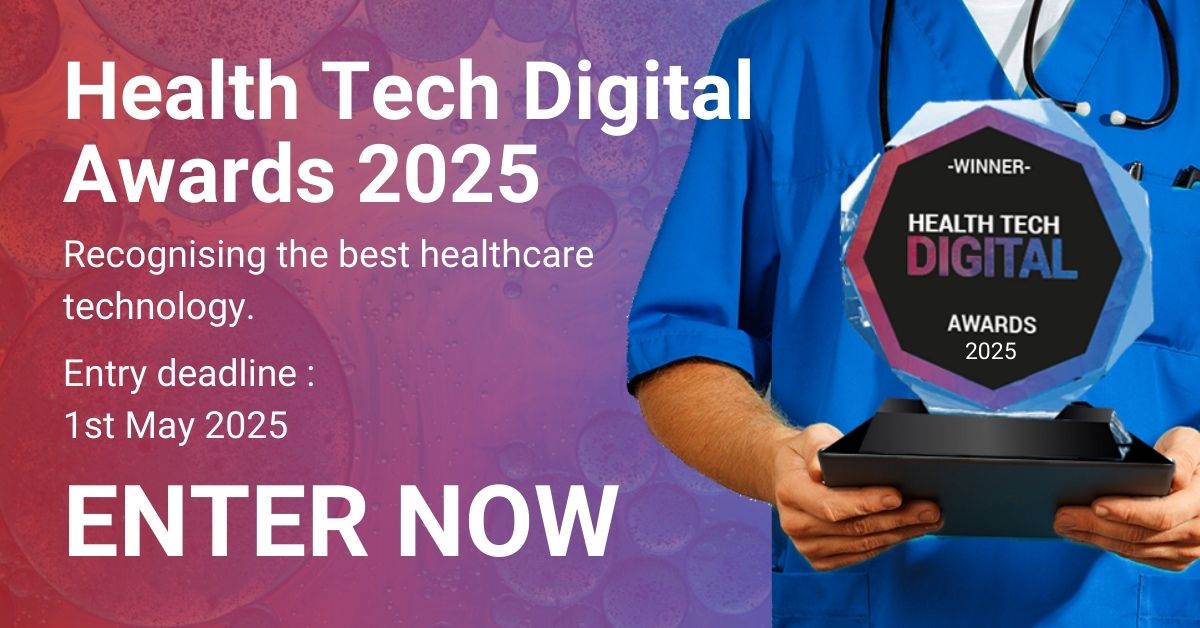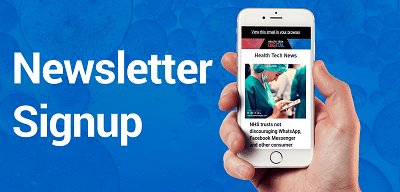
Effective communication is recognised as vital for improving patient outcomes, but implementing strategies that can meaningfully impact the patient journey presents significant challenges.
Many healthcare organisations are hindered by a patchwork of disparate systems, complicating the extraction of meaningful insights. For example, the NHS manages vast amounts of patient data across multiple platforms.
Facilitating information flow as a patient navigates between hospitals, general practitioners (GPs), and specialists is no small task, yet ensuring seamless communication across this extensive network is essential for providing timely and effective care.
Adding to the complexity of the challenge is the need to securely manage patient data, while maintaining privacy and confidentiality. This adds another layer of difficulty to already overstretched systems.
The data dilemma
Data privacy is a fundamental concern within the NHS, particularly in the digital age, where data breaches or unauthorised access could have serious consequences and damage patient trust.
Regulations such as the UK’s Data Protection Act and the General Data Protection Regulation (GDPR) are essential for protecting individuals’ privacy, but they also present challenges in efficiently sharing data across healthcare providers.
Balancing secure data handling with the demand for integrated communication strategies remains a critical issue. Innovative solutions are required to optimise patient care while preserving trust and confidentiality.
However, many organisations rely on outdated technologies and fragmented data sources. Operating in silos leads to a disjointed approach, as well as missed opportunities for understanding patient need and enhancing the overall experience.
The Agentic AI advantage
As the UK healthcare industry navigates this complex terrain, it becomes clear that leveraging automation and artificial intelligence (AI) – specifically Agentic AI – can be a game changer.
By automating the process of gathering and analysing patient interactions, it offers healthcare organisations a powerful tool for uncovering insights previously hidden in the noise.
Working seamlessly in the background, AI agents can help healthcare contact centres understand and resolve patient service issues more efficiently, ultimately enhancing the patient experience.
An AI agent can sift through vast amounts of unstructured data to identify trends, patterns, and pain points, allowing healthcare providers to proactively address patient service issues and streamline operations.
To truly measure the success of patient communications, healthcare organisations should focus on five critical metrics. Each metric provides valuable insights into different aspects of patient interactions, allowing organisations to refine their strategies and enhance the overall patient experience.
Patient Satisfaction Score
Patient satisfaction scoring can create a crucial snapshot of how patients feel about their interactions with healthcare providers. By systematically collecting feedback through surveys or direct communication, organisations can gauge patient sentiment regarding their care experiences.
Tracking changes in satisfaction over time enables healthcare providers to identify trends and pinpoint areas for improvement. For instance, a decline in satisfaction following a new process implementation can prompt investigation into underlying causes, allowing for necessary adjustments. High scores typically correlate with increased patient loyalty, making this metric essential for long-term success.
First Call Resolution Rate
The First Call Resolution Rate (FCRR) measures the percentage of patient issues resolved during the first interaction. This metric reflects how effectively a healthcare organisation meets patient needs. A high FCRR indicates that patients receive timely and adequate solutions, enhancing satisfaction and reducing the need for follow-up calls.
Research shows that for every follow-up interaction, customer satisfaction drops by as much as 15%. Therefore, healthcare organisations must identify common issues that require additional staff training or process adjustments to improve efficiency and effectiveness during that first patient interaction.
Average Handle Time
While resolving issues is essential, the efficiency of the process also matters significantly. Average Handle Time (AHT) helps healthcare organisations gauge how long it takes to address patient concerns. This metric measures the average duration of patient interactions, including both the time spent speaking with a representative and any necessary follow-up actions. Shorter AHT often correlates with improved patient experiences, reflecting timely responses to needs.
However, it’s crucial to strike a balance; focusing solely on reducing AHT could lead to rushed interactions that compromise quality. Therefore, AHT should be analysed alongside other metrics, such as PSS and FCRR, to ensure efficiency does not come at the expense of service quality.
Net Promoter Score
The Net Promoter Score (NPS) measures patients’ likelihood to recommend a healthcare provider based on their experiences. This score is vital for understanding overall patient loyalty and satisfaction. By categorising patients as promoters, passives, or detractors, healthcare organisations can gain insights into their patient base and identify areas for improvement.
A high NPS indicates a strong reputation and positive patient relationships, essential for attracting new patients and retaining existing ones. Regularly assessing NPS provides valuable feedback that can inform marketing strategies and enhance service delivery, ultimately fostering a more loyal patient population.
Patient Retention Rate
The Patient Retention Rate underscores the importance of keeping patients. In healthcare, retaining existing patients is just as vital as acquiring new ones. Tracking retention rates offers insights into how well a healthcare organisation meets patient needs and expectations over time.
A high retention rate suggests that patients are satisfied with their care and are likely to return for future services. Conversely, a declining retention rate may indicate issues with communication, quality of care, or overall patient experience. By focusing on strategies to enhance satisfaction and engagement, organisations can improve retention rates, leading to better long-term outcomes.
Enhancing patient interactions
While AI and automation streamline processes, the human touch is crucial for certain interactions. For instance, when high-risk patients reach out, agents must be trained to identify “golden moments” to address care gaps, like scheduling overdue tests, rather than just fulfilling immediate requests. AI can even help these human interactions, serving as a silent “copilot” that can assist human staff in real time with answers and recommendations as a call or chat is transcribed.
For private organisations, prioritising high-value interactions enhances patient engagement, improves outcomes, and boosts revenue potential. However, for public sector providers, delivering timely and appropriate care as effectively as possible is the priority, to address broader population health needs within resource constraints.
By concentrating on these five key metrics, organisations can create a robust framework for measuring and improving patient communication strategies. These insights not only help meet regulatory requirements but also contribute to better patient outcomes and satisfaction levels.
It’s time for healthcare organisations to embrace the power of GenAI and leverage data-driven insights to transform patient experience strategies and exceed expectations. After all, in the healthcare industry, the more you know, the better you can serve those who are in need.












